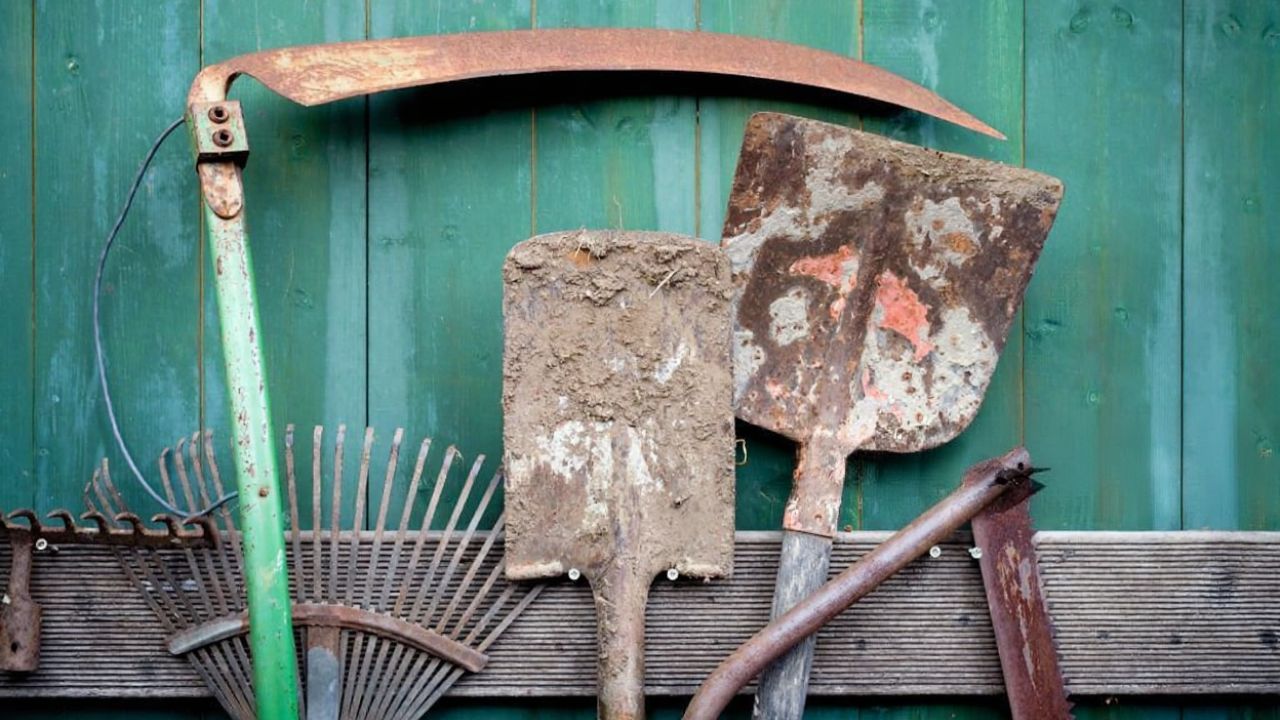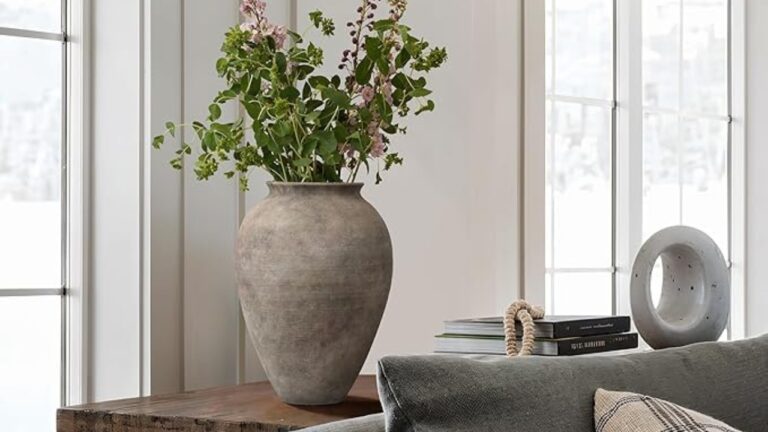Your shed seems fine—until you realize this tool‑storage mistake
You might think your shed is doing its job—keeping tools dry, tucked away, and out of sight—but there’s one mistake that quietly ruins gear faster than time or rust: bad storage habits. It’s not about being messy or skipping organization bins. The real problem is how your tools are positioned and what that does to the metal, handles, and even the shed itself over time.
Storing tools against exterior walls
A lot of people hang their rakes, shovels, or power tools on the outer shed walls because it feels efficient. But those walls are the first part of the shed to absorb outside temperature swings and moisture. When the weather changes, condensation builds up on the inside of those same panels—and the tools sitting against them start to corrode. Wood handles absorb that moisture, too, which leads to swelling and cracking over time.
If your tools are leaning against an outside wall, give them some breathing room. Even a few inches of air space helps prevent damp spots and lets the shed dry out faster after rain or humidity spikes.
Forgetting airflow completely
Most sheds have poor ventilation, which traps humidity inside. Even when it doesn’t feel damp, moisture can linger in the air long enough to rust metal parts or warp wooden handles. A small vent or fan can make a huge difference, especially during the summer. If your shed doesn’t have one, crack the door for a bit while you’re working outside or add a louver vent up top to keep air circulating.
Airflow isn’t only for your tools—it keeps the shed itself from deteriorating. Trapped humidity leads to mold on plywood walls, mildew on cords, and a musty smell that’s tough to get rid of once it starts.
Setting metal tools directly on the floor

Even if the floor looks dry, sheds collect condensation underneath heavy tools. That’s why leaving your shovel, ax, or mower blade flat on the floor is a fast way to start rust. If your shed doesn’t have a raised floor, use pallets or a simple rack to keep tools an inch or two off the ground. That small gap protects against both moisture and pests.
The same goes for battery-powered tools. Never store batteries or chargers directly on concrete or uninsulated floors—the cold and moisture shorten their lifespan.
Packing everything too tight
When tools are stacked or wedged too closely, air can’t circulate, and moisture doesn’t have anywhere to go. This causes rust spots where metal pieces touch or discoloration on wood handles. Plus, it makes it harder to inspect tools for wear, leaks, or corrosion.
Give your tools enough space to hang freely or stand upright without leaning on one another. Wall-mounted racks, magnetic strips, or pegboards are great, but if your shed tends to get humid, leave a little air between items so they can fully dry after use.
Ignoring temperature swings
Sheds that aren’t insulated can go from freezing in the morning to sweltering by afternoon. That constant expansion and contraction can loosen screws, crack plastic housings, and wear down lubricants. Keeping tools away from direct sunlight helps, but adding insulation panels or a reflective barrier on the ceiling can make a big difference for both comfort and tool longevity.
Even small efforts—like a basic insulation kit or a sealed threshold to block drafts—can help your shed hold a steadier temperature, which keeps your tools from aging faster than they should.
Leaving dirt and debris on tools before storing

The fastest way to ruin a good shovel or hoe is to put it away dirty. Even a thin layer of soil holds moisture, and that moisture turns into rust. A quick wipe-down before hanging up your tools prevents this. For power tools, use compressed air or a soft brush to remove sawdust or grass before storage. It takes seconds, but it can save you from replacing parts later.
If you’ve ever opened your shed in spring to find rust spots, warped handles, or dull blades, odds are it wasn’t “bad luck”—it was poor airflow, moisture buildup, or direct wall contact doing the damage. Keeping your tools off the floor, away from the outer walls, and in a shed with some ventilation is all it takes to stop that. It’s a small change that saves you from replacing expensive equipment down the line.
Like Fix It Homestead’s content? Be sure to follow us.
- I made Joanna Gaines’s Friendsgiving casserole and here is what I would keep
- Pump Shotguns That Jam the Moment You Actually Need Them
- The First 5 Things Guests Notice About Your Living Room at Christmas
- What Caliber Works Best for Groundhogs, Armadillos, and Other Digging Pests?
- Rifles worth keeping by the back door on any rural property
*This article was developed with AI-powered tools and has been carefully reviewed by our editors.







